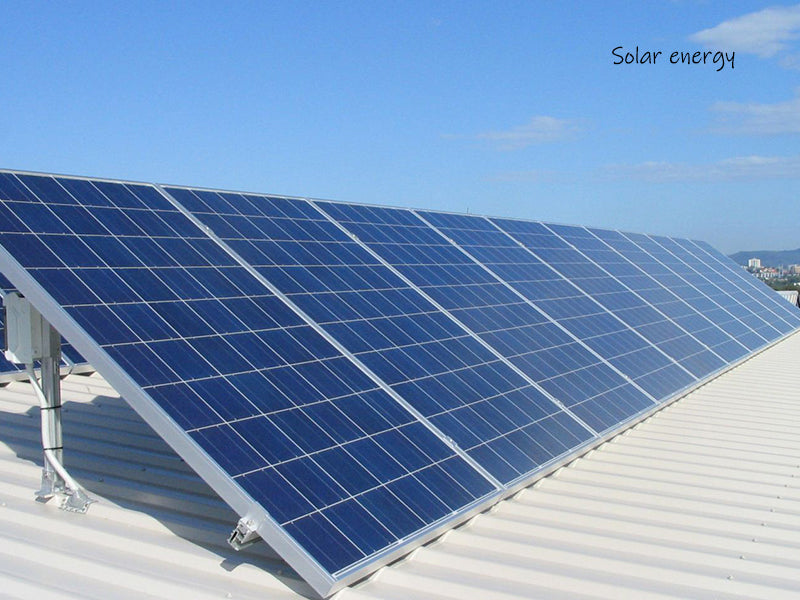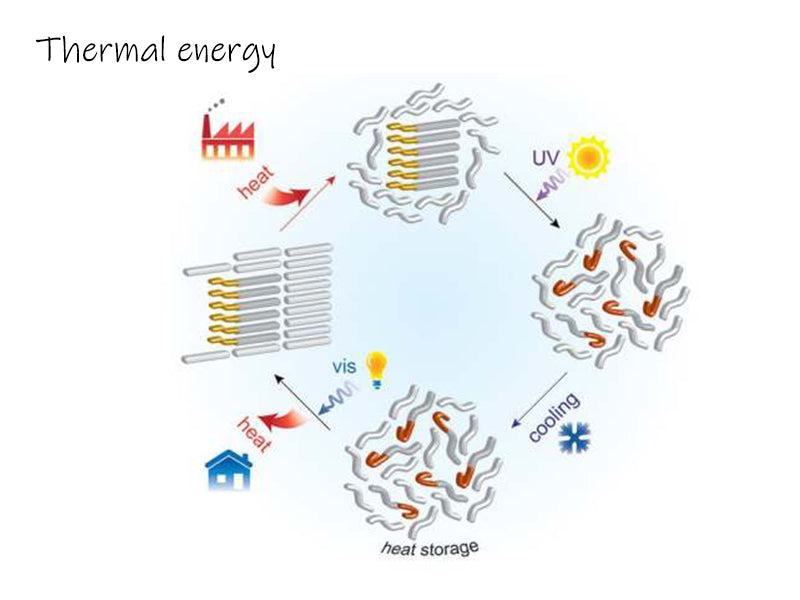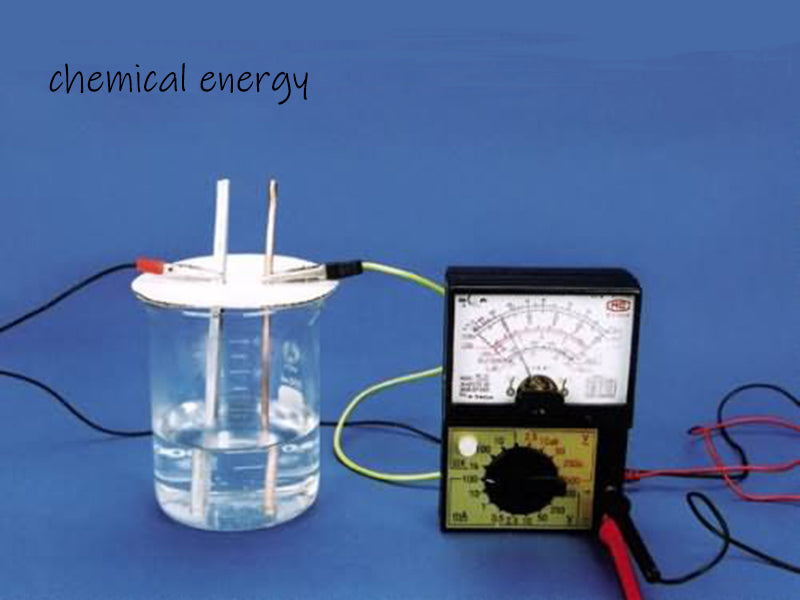
Main content:
Micro-Electro-Mechanical Systems (MEMS), dedicated to harnessing environmental energy (capture or scavenging), constitute a very active branch of the kinetic MEMS family, an area of great interest to industry (Yole De-velopment, March 2009). Began selling their report on the state of the market in this area, which presents a view of the economic impact of environmental energy capture technologies, which sells for $5,000).
1.Environmental energy of solar energy

Environmental energy capture from photovoltaic systems has been used in watches and pocket calculators since the 1970s. During this period, the conversion efficiency of photovoltaic materials continued to improve, albeit very slowly. However, the integration of solar micro-panels for powering MEMS has been rarely reported, mainly because most of these micro-PV cells use traditional silicon-based fabrication techniques. However, there are many articles on the improvement of photovoltaic materials or system integration technology, and the application of solar environmental energy is also very broad.
2.Environmental energy of thermal energy

There are many different ways to generate electricity from thermal environmental energy. Traditional power generation methods implemented on large units or based on temperature gradients between cold and heat sources can also be applied to micro power generation (such as micro Stirling engines, etc.). Thermal environmental energy can also be directly converted into electrical energy using thermoelectric or thermoelectric power generation technology. Of course, in some cases, these methods may not meet all the needs of the system, and this problem can be solved by a mixture of several power generation technologies.
For example, a generator generates a pulse of energy when the temperature reaches a certain threshold. It uses the principle of magnetic and piezoelectric coupling: a piezoelectric bimorph is clamped by a magnet attracted by an iron-nickel alloy. When the iron-nickel alloy reaches a certain temperature threshold (determined by the material properties), it will lose its magnetic properties, causing the magnet to no longer be attracted, and it will suddenly release the clamp on the piezoelectric bimorph.
Thereby, a certain amount of electrical energy is generated from the thermal environmental energy conversion and powers a radio transmitter that transmits information to the receiving center. The above process is reversible by cooling down.
3.Environmental energy of chemical energy:living energy

When we were young, we learned the knowledge of electrochemical reactions by inserting electrodes in potatoes, which is the application of chemical energy and environmental energy. The researchers, playful big boys, used this principle to develop decentralized sensors that were powered by electrodes implanted in the roots of trees and in the alkaline soil around them.
There are labs working on chemical batteries activated by human urine that can be "charged" in suburban areas, and others are studying the conversion of glucose in fuel cells. Because chemical energy environmental energy can be found and quoted in our daily life, chemical energy environmental energy is also called life energy.
Lithium-ion battery is also an application example of converting environmental energy chemical energy into electrical energy, and lithium-ion battery has many advantages such as long service life, environmental protection, small size and light weight, etc. It is an ideal choice for household environmental energy to convert chemical energy into electrical energy.
4.Environmental energy of mechanical energy
Magnetic-based microgenerators can easily be used to capture mechanical energy from vibrations and environmental energy. In the framework of the FP6 VIBES project, the Tyndall Institute (Cork, Ireland) and their collaborators in Southampton (UK) have developed a generator with a vibrating tray on which an integrated or coiled Micro coils, but their efficiency is very low and the power generation is weak. Some research groups are studying the conversion of electromagnetic energy into vibrational or rotational energy. However, in general, this electromagnetic solution will encounter problems when capturing vibration due to the ultra-miniaturization of the device and the small amplitude of vibration, which greatly restricts the variation range of the magnetic induction intensity of the micro-coil.
In the VIBES technology research, the TIMA laboratory in Grenoble, France, used a vibratory piezoelectric method to create a generator, as shown in the figure below. Since the power and voltage generated are weak, additional electronics are required to amplify the voltage. There are also research groups developing micro- and even nano-scale piezoelectric systems (large-scale piezoelectric systems are already commercialized).
Some review articles compare and analyze different electromagnetic solution system solutions, piezoelectric system solutions, system solutions combining the two, and other technical solutions.
There are similar devices that use the principle of electrostatic induction to capture vibrational energy. They are usually caused by the movement of electric charges, and the variable capacitance can be charged or discharged by moving two movable electrodes closer or farther away from each other.
In order to better realize the exploitation and utilization of environmental energy, some systems connect several technologies (thermal energy + radio frequency, thermal energy + vibration) in series or parallel. Finally, I would like to mention the indoor low-voltage switch that the German company EnOcean started commercializing in 2005. It is a wall-mounted interrupter, which converts the mechanical energy of the finger pressed on it into electrical energy through a piezoelectric bimetal, and transmits the switch information to the receiver through radio, so as to realize the switch control.
5.Answering machine
Radio Frequency Identification chips can be implanted in products, in buildings, and even in patients. These chips do not require environmental energy to operate, nor do they require energy storage because they use transponders to do so. RFID can be activated in a certain frequency range and respond to the transmitter with a signal that is fixed (simple identification) or determined by the actual situation (remote access sensor). RFID chips are now commercialized.